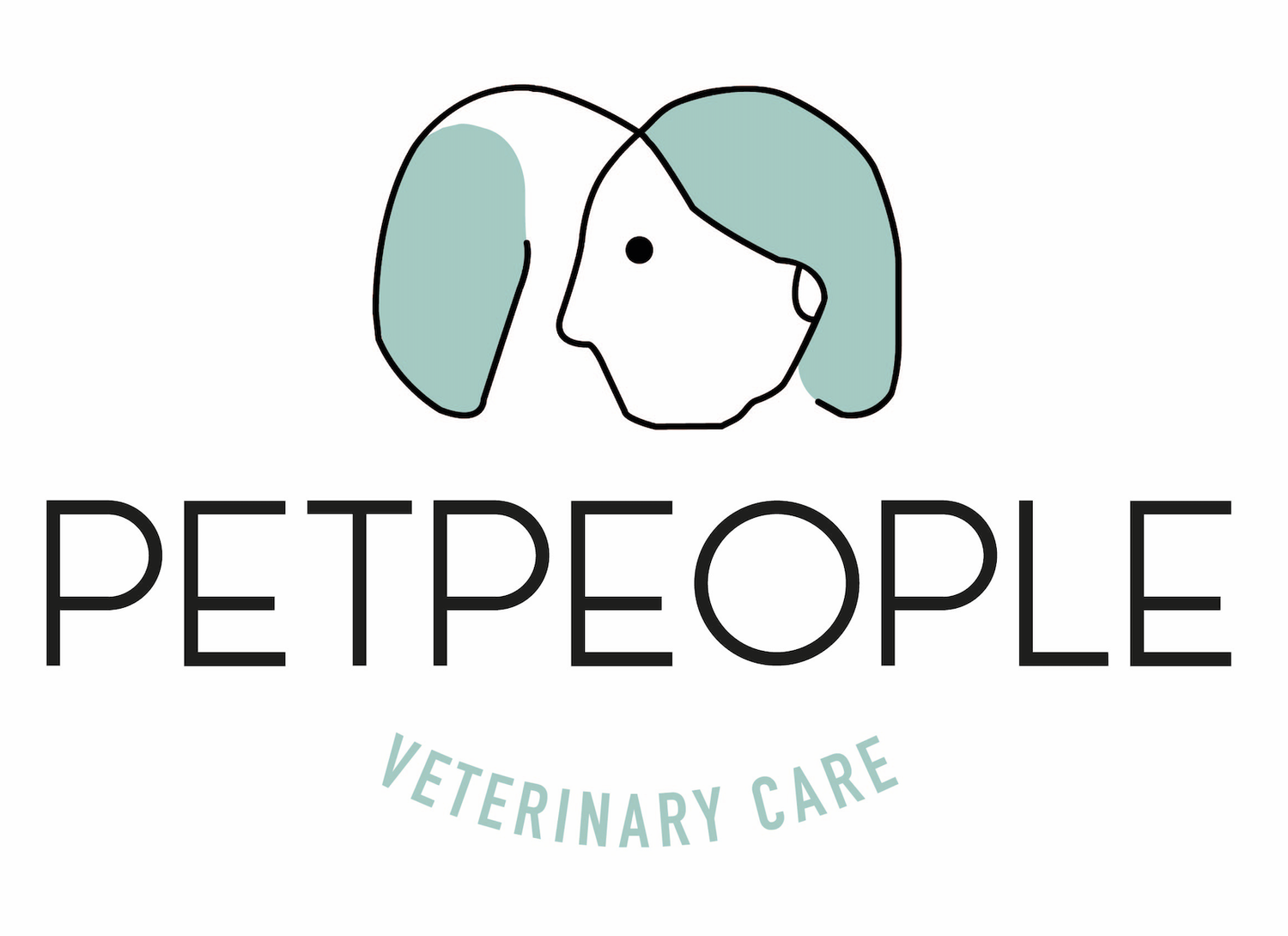Beyond Surgery: Weight Management and Environmental Modifications for Dogs with Elbow Dysplasia
Managing elbow dysplasia in dogs with Pet People Pro extends beyond surgical care. For a dog with joint disease, ongoing lifestyle adjustments are essential for their lifelong comfort and well-being.
Weight Management:
Keeping your dog at a healthy weight is crucial. Extra pounds put undue strain on their joints which in turn exacerbates elbow dysplasia and secondary osteoarthritic symptoms. A balanced diet and regular exercise tailored to your dog's needs can help maintain an optimal weight, easing joint stress and enhancing mobility. Many prescription diets contain joint supplements and the correct ratio of omega 3 : 6 essential fatty acids, further benefiting your pet’s joints.
Creating a Joint-Friendly Environment
Simple changes in your home can make a big difference in your dog’s daily life:
- Comfortable Bedding: Invest in a soft bed to provide joint support and alleviate discomfort.
- Non-Slip Surfaces: Use rugs or mats on slippery floors to prevent falls.
- Accessibility: Consider ramps for easy access to furniture or the car.
- Gentle Play: Choose low-impact toys and games to avoid stressing their joints.
Pet People Thoughts
Effective management of elbow dysplasia involves a holistic approach. Alongside expert veterinary care, weight management and thoughtful environmental modifications can greatly improve your dog's quality of life.
If you're seeking guidance on managing elbow dysplasia, The Elbow Clinic is here to help.

